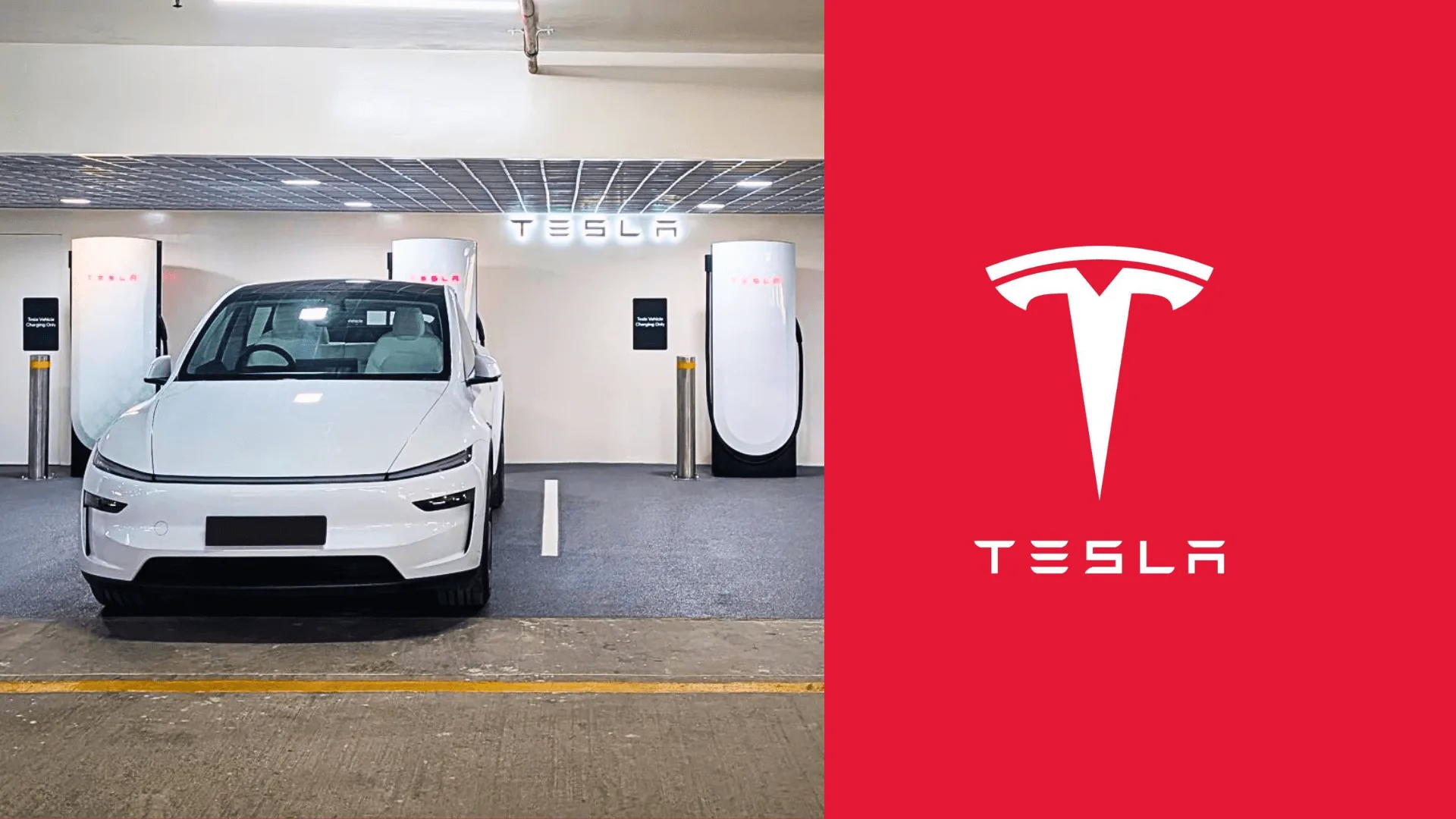
A major step forward for India’s emerging EV industry, Tesla, the world’s leading electric vehicle manufacturer, has launched its first-ever Supercharger station in the country.
Located at Bandra Kurla Complex (BKC), Mumbai, adjacent to the newly opened Tesla Experience Centre, this launch transcends symbolism. It marks the beginning of Tesla’s push to build a high-speed, premium EV charging infrastructure in India.
Tesla’s BKC station is equipped with:
Four V4 Superchargers delivering up to 250 kW, allowing for rapid DC charging.
4× 11 kW AC Destination Chargers — ideal for longer parking durations or slower top-ups.
These chargers make it possible for a Tesla Model Y to gain up to 260–267 km of range in just 15 minutes, offering a seamless, fast, and future-ready charging experience.
Tesla has announced transparent and competitive pricing:
Important Note: This station is currently exclusive to Tesla vehicles and not open to other EV brands.
The choice of Mumbai as the first Supercharger location is strategic:
In a bold move, Tesla has prioritised setting up charging infrastructure before delivering its vehicles. This is a strong statement of intent and a customer-first approach, ensuring that when Tesla vehicles begin rolling out in India, a reliable, fast-charging network is already in place.
This mirrors Tesla’s approach in global markets — building the ecosystem first, then introducing the product.
Tesla’s global Supercharger network includes:
With India now joining this network, the country becomes part of Tesla’s mission to create a globally connected EV charging grid.
| Feature | Details |
|---|---|
| Location | One BKC, Bandra Kurla Complex, Mumbai |
| Launch Date | August 4, 2025 |
| Superchargers | 4× V4 (up to 250 kW) |
| Destination Chargers | 4× 11 kW AC |
| Speed | 260–267 km in 15 minutes (Model Y) |
| Pricing | ₹24/kWh (Supercharger), ₹11–14/kWh (AC) |
| Idle Fee | ₹80/minute |
| Open to | Tesla vehicles only |
| Experience Centre | Adjacent to the station |
| Global Context | 7,000+ stations worldwide |
This is more than a tech upgrade, it’s a milestone for India’s EV future:
Tesla’s Supercharger launch shows that India’s EV landscape is evolving fast — with global players betting big on the Indian market. For EV enthusiasts, early adopters, and policymakers, this is a clear sign that electric mobility in India is no longer a distant dream.
This post was last modified on August 6, 2025 11:24 am
Montra Electric, the clean mobility brand from the prestigious Murugappa Group, has launched the All-New Super Auto, a next-generation electric…
Union Minister Nitin Gadkari (Minister of Road Transport and Highways of India) has once again made a bold statement that’s got…
India’s electric four-wheeler (E4W) market slowed in September 2025, following a record-breaking August, with 15,038 units sold, representing an 18%…
India’s EV market hit 1,04,056 electric two-wheeler sales in September 2025. TVS, Bajaj, and Ather led the chart, while Ola…
India's electric two-wheeler market is growing at a record pace. In July 2025, over 1.2 lakh electric two-wheelers were sold,…
The future of mobility in India has taken a major leap forward. Omega Seiki Mobility (OSM), led by Founder Uday…
This website uses cookies.